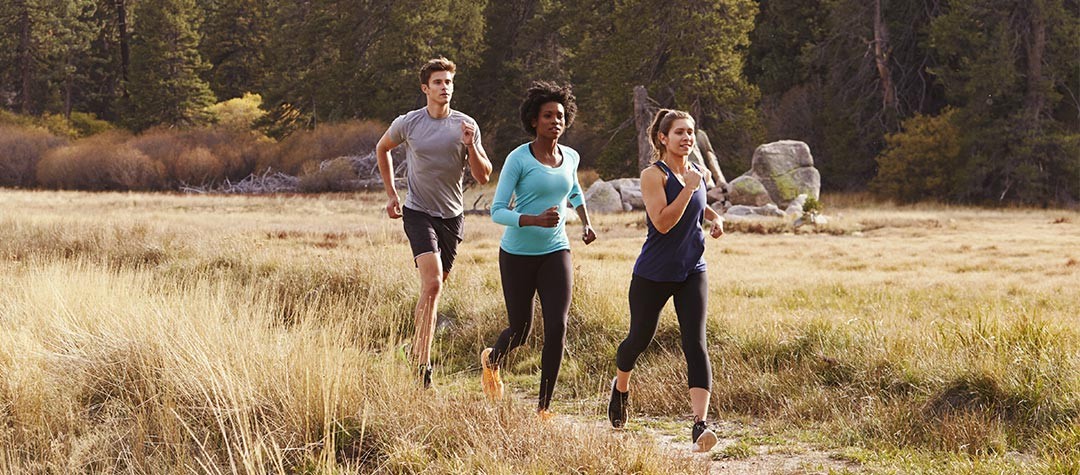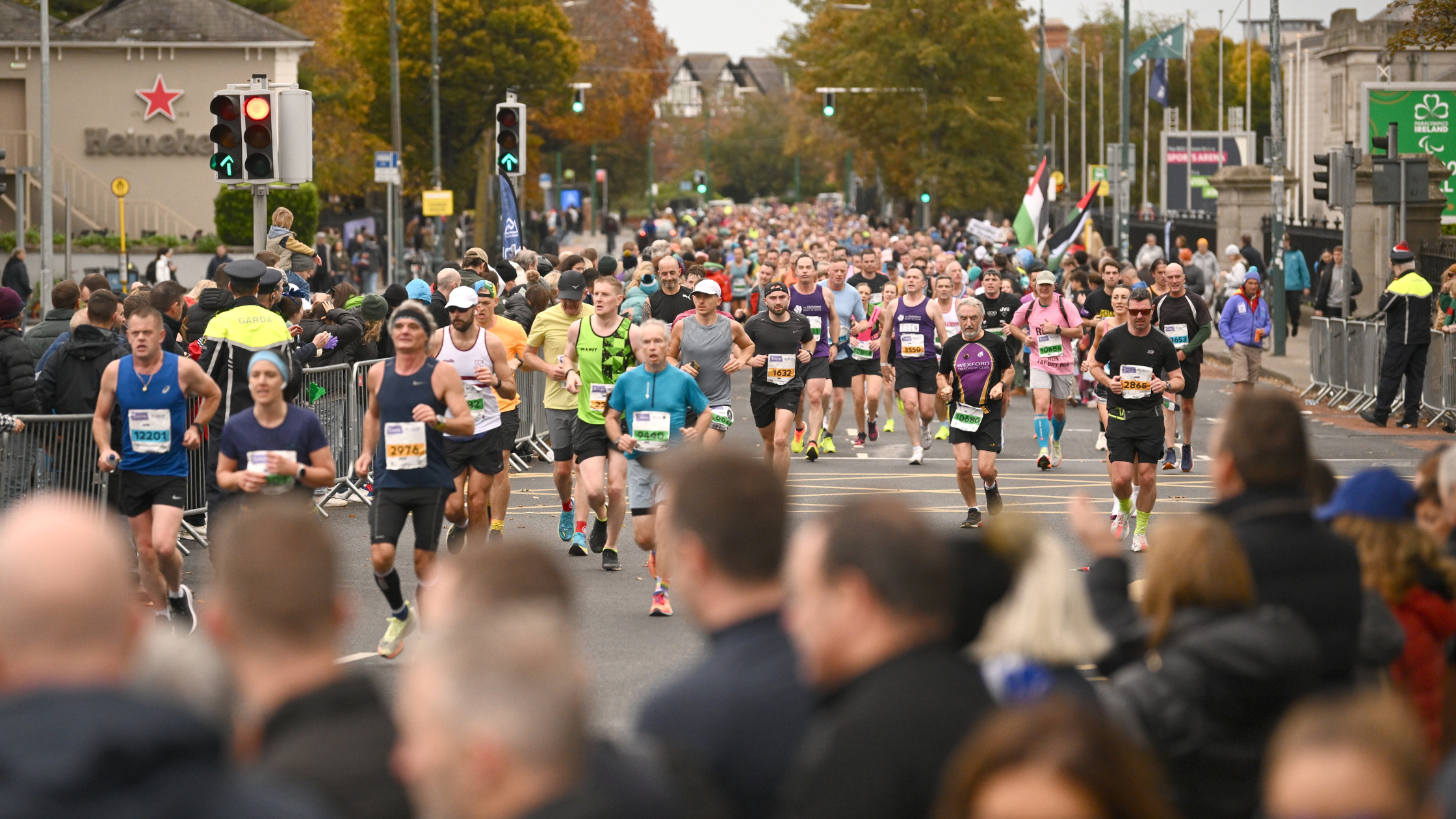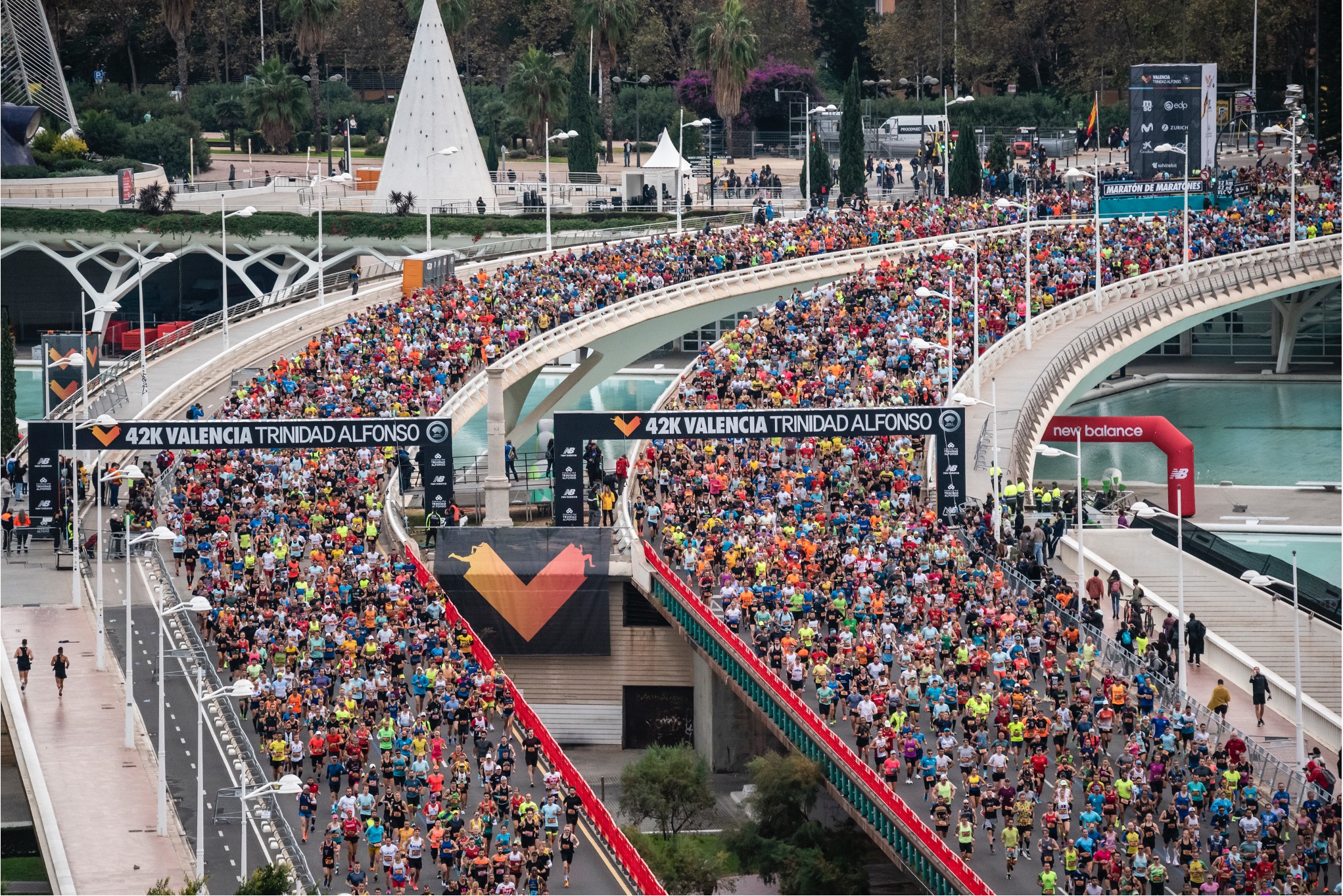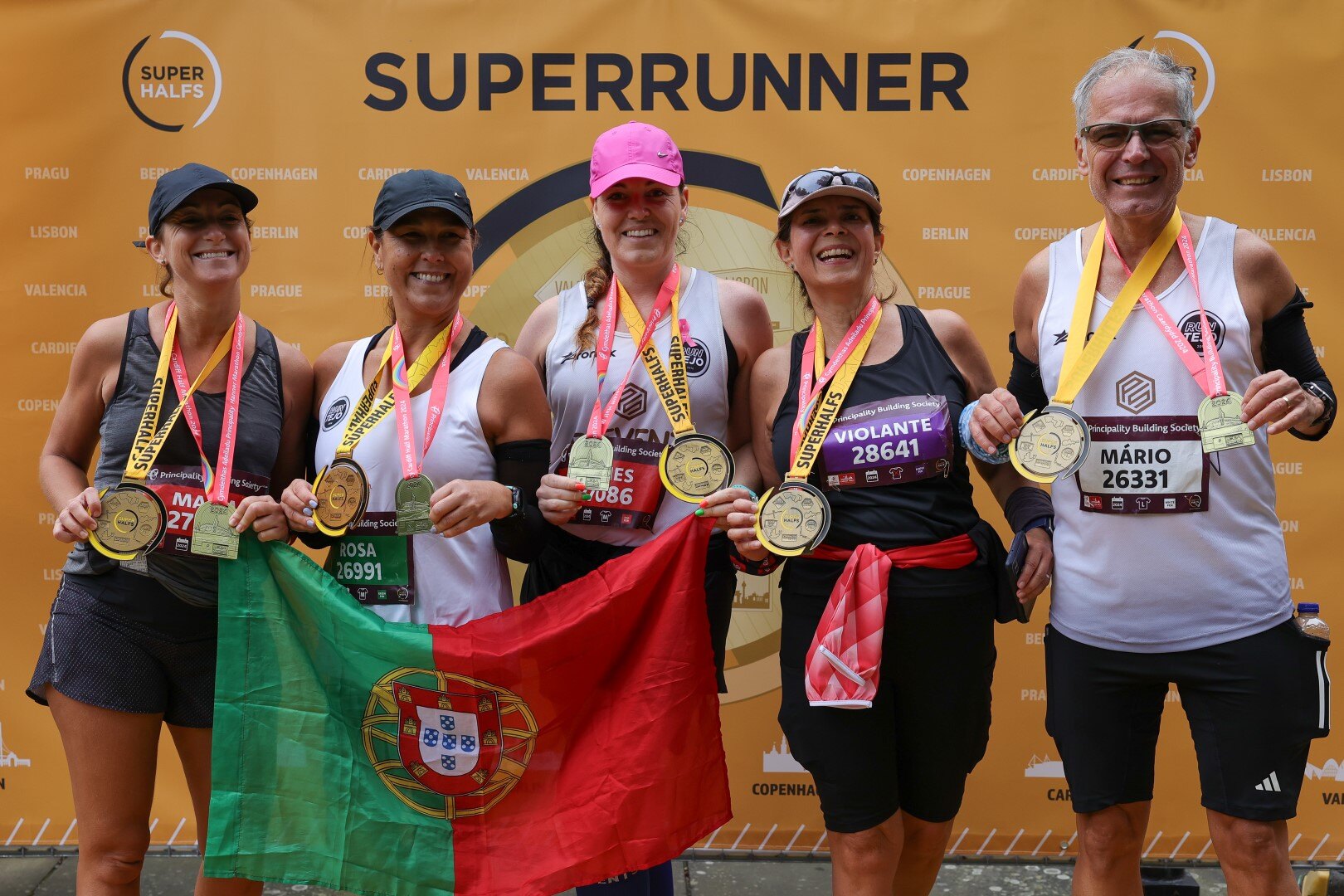The choice of where you run is important if you want to get the most out of the run and the type of session you have planned. Scott Overall explains why.
There are all sorts of places that people like to run and everyone has their favourite place they like to train. Personally, I like the single track trails in the woods and although this means you can't run flat out, it is good for steady running and the time seems to go by much quicker. Other people might like canal paths, some might even like to pound the streets and remain on the road.
Consider the type of training you are planning
Whatever surface and venue you like, it is important you get it right for the type of training you're planning on doing. Even if you are restricted somewhat by what is available to you locally, I would strongly recommend you run on different surfaces during your training. Remember to mix it up and keep it relevant. If you are looking to run fast, with for example a tempo run, it is unlikely you can get your best results by running in the woods. You need to be somewhere flat, firm and uninterrupted by trees! The problem with this sort of run is that it won't be the most exciting place to train. In fact a canal path that goes on for miles is about the best you can get! Who said running was interesting!
Practice in the conditions you plan racing on
A lot of the training you do will depend on the surface you are racing on as well. If you fancy having a go at some cross country then it’s important you do some faster running on softer ground. There is a huge difference between running on the road compared to running on a softer grass surface or through mud. You really need to condition the legs to learn how to deal with the lack of 'bounce' you get back when you're running. The only way to do this is to practice in those conditions, because the closer you can get your training to where you will be racing, the greater the chance of success.
You really need to condition the legs to learn how to deal with the lack of 'bounce' you get back when you're running.
With cross country, you can easily pick and chose a course to suit you, although I personally would go for a pristine golf course with no mud and no hills, which is as close to road running as you can get! But if you really want to test yourself find a muddy, hilly slog of a course and you'll see what cross country running is all about!
This is why tracks usually remain very quiet over the winter months. There just aren’t any track races so athletes tend to stay off the track until the New Year. Road running and cross country races will be where the action is in winter.
Training in winter
The training you'll be aiming to do in the winter will be all about gaining strength, with less focus on speed. By running a lot of miles and kilometres in the winter months, long tough sessions will set you up very nicely for some fast times in the summer. Hill training is a coach’s favourite in the winter, as it is a great strength session and can be done on a variety of surfaces. Road or grass hills will get you strong for either cross country or some road races. Like I said, you have to keep your training relevant to where you'll be racing. Remember to stay safe when running by wearing suitable footwear for the conditions underfoot, especially when it’s muddy and icy.















